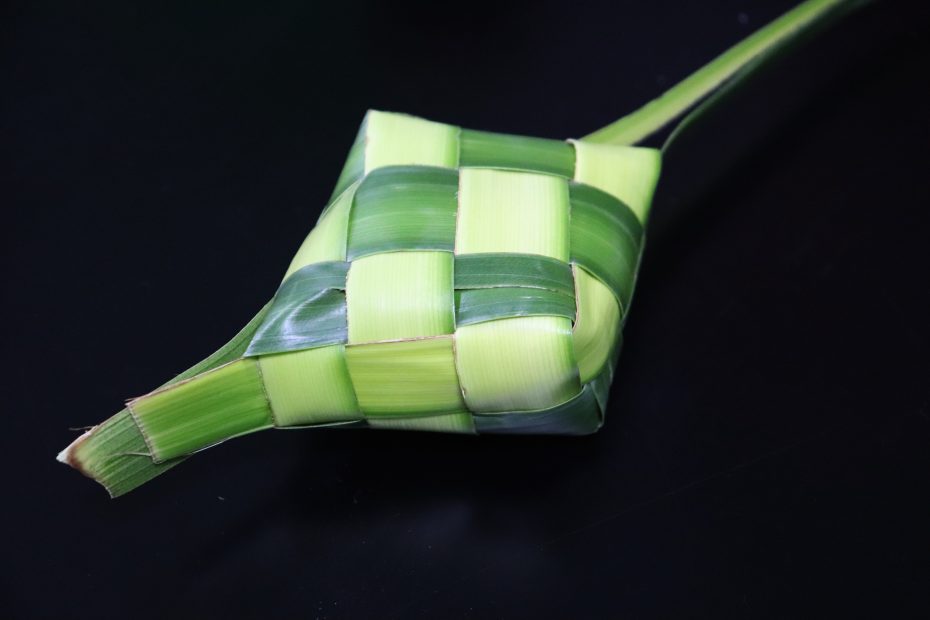Table of Contents
Introduction to Tuvalu
Situated in the heart of the Pacific Ocean, Tuvalu is one of the world’s smallest and most isolated countries. Despite its tiny size and population, Tuvalu has a vibrant and unique culture that has endured for centuries. Let’s embark on an exciting cultural journey to uncover the rich traditions of the Tuvaluan people!
Geography and Climate
Tuvalu is an archipelago nation consisting of nine coral atolls and reef islands. It lies midway between Hawaii and Australia. The total land area is just 10 square miles! Tuvalu has a tropical maritime climate with consistently high temperatures averaging 86°F. The wet season is from November to March. Due to its low elevation, Tuvalu is vulnerable to rising sea levels caused by climate change.
History and Government
The first settlers of Tuvalu were Polynesian voyagers who arrived around 3000 years ago. The islands came under Britain’s sphere of influence in the late 19th century. Tuvalu gained independence from the UK in 1978 and is now a constitutional monarchy within the Commonwealth. Government administration happens at the village level guided by traditional elder councils.
Economy and Infrastructure
Tuvalu has a very limited economy based only on fishing and subsistence agriculture. Job opportunities are scarce. The islands have rural communities with no urban development. Transportation happens via motorbikes and boats. Only a few unpaved roads exist. Communication is through the Tuvalu Telecommunications Corporation. Australia and New Zealand provide the bulk of foreign assistance.
People and Language
The population is just over 11,000 with an average life expectancy of 66 years. Almost all inhabitants are ethnically Tuvaluan with the culture being purely Polynesian. The official language is Tuvaluan, an East Polynesian language closely related to Samoan and Tongan. English is also recognized as an official language but is not widely spoken.
Traditional Arts and Crafts
Dance
The fatele is a famous Tuvaluan community dance performed, accompanied by singing and drums, during holidays and community events. It is joyful and energetic involving synchronized movements.
Music
Traditional music consists of poems and songs passed for generations. The emphasis is on group singing and dancing along with drumming. Common instruments are the fala which is a slit gong and the nose flute. Songs celebrate love, patriotism, and faith.
Weaving and Carving
Intricate mats and fans woven from pandanus leaves are part of Tuvaluan handicrafts. Wood carving, feather art, shell jewelry, and model outrigger canoes are also popular art forms.
Cuisine
The staple foods in Tuvalu are fish, coconut, pulses, and starchy vegetables like taro and yams. Coconut milk and juice feature prominently. Pulaka, a type of taro, is the national dish. Popular recipes use tuna, pork, chicken, flying fox, eggs, rice and noodles. Tropical fruits like papaya and bananas are relished. A sweet toddy called kaleve is made from coconut sap.
Religion and Beliefs
Christianity is the predominant religion today with 97% of the people following Christianity, introduced in the 19th century. Congregationalism of the Protestant denomination is the main sect. Some Tuvaluans still follow ancestral beliefs in spirits and magic along with Christianity.
Cultural Events and Festivals
The major festival is Tuvalu Day on October 1 which celebrates independence. Community dance festivals called fakaseasea bring together performers from different islands. New year and Christmas are marked with church services, feasting and family gatherings. Couples wed on Funafuti island after passage of traditional marriage customs.
Threats to Tuvaluan Culture
Rising sea levels due to global warming can submerge the low-lying atolls thus displacing Tuvaluans from their homeland. Emigration to New Zealand and Australia for education and jobs also leads to gradual erosion of local traditions. Imported westernized media weakens the indigenous arts, crafts, music and dance.
Efforts to Preserve Tuvaluan Culture
The government through its Ministry of Education promotes primary education in the Tuvaluan language. It also safeguards ancestral lands and trusteeships based on oral history and traditions. Programs exist to revive old bush medicine methods and traditional building skills. Locals are being encouraged to engage again in handicrafts like mat and fan weaving. Tuvaluans abroad have formed associations to keep their cultural roots alive.
Conclusion
While Tuvalu is facing considerable threats to its existence from climate change, it continues to pride itself in maintaining an independent Polynesian identity. From its distinctive dances to its cuisine and arts, Tuvalu holds fast to its heritage. With active efforts at cultural revival, this tiny island nation can keep its treasures alive for posterity. The rich Tuvaluan culture is truly a gem worth treasuring in the vast Pacific.
FAQs
What are the main features of traditional Tuvaluan music?
Traditional Tuvaluan music emphasizes group singing, drumming, and dancing. Common instruments are the slit gong called fala and the nose flute. Songs celebrate love, patriotism, and faith.
What cuisine is unique to Tuvalu?
The staples in Tuvaluan cuisine are fish, coconut, pulses and starchy vegetables like taro and yams. Coconut milk and juice are used extensively. The national dish is pulaka, a type of taro root. Pork, chicken, eggs, rice and noodles are also popular.
What is the most important festival in Tuvalu?
The major festival is Tuvalu Day on October 1 which celebrates the nation’s independence from the UK in 1978. It is marked by feasts, church services, community gatherings and cultural performances.
What are the major threats to Tuvaluan cultural heritage?
Rising sea levels from climate change can displace Tuvaluans from their low-lying homeland. Emigration leads to erosion of traditions. Imported westernized media weakens local arts, crafts, music and dance.
How are traditions being revived in Tuvalu?
The government promotes education in Tuvaluan language and encourages handicrafts like mat weaving. Old medicine and building methods are being revived. Tuvaluans abroad have formed cultural associations.
